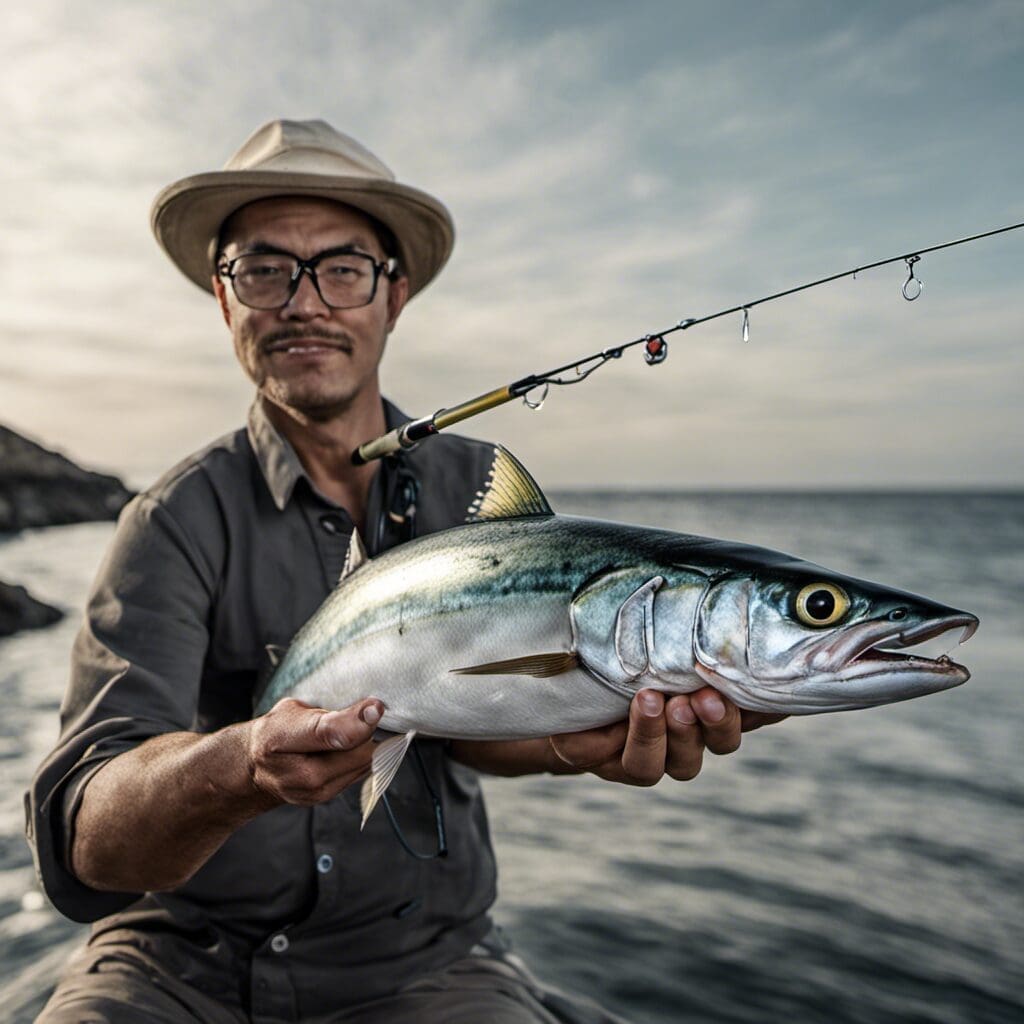Introduction
The Cero Mackerel, scientifically known as Scomberomorus regalis, belongs to the large Scombridae family along with other mackerels, swordfish, and tunas.
Conservation Status
According to the International Union for the Conservation of Nature (IUCN), the Cero Mackerel is currently categorised as “Least Concern” due to its wide distribution and abundant population. Conservation efforts are in place to regulate the fishing, ensuring the species longevity.
Statistics
| Average | Range | |
|---|---|---|
| Length | 75 cm | 40 - 120 cm |
| Weight | 2.5 kg | 1 – 5 kg |
| Lifespan | 12 years |
Distribution
The Cero Mackerel is commonly found in the Western Atlantic, ranging from Massachusetts to Brazil, including the Gulf of Mexico and the Caribbean.
Habitats
The Cero Mackerel thrives in saltwater and is usually spotted at depths varying from the surface to about 30 feet. They are tropical fish and prefer warmer waters.
When and Where to See
The Cero Mackerel is a year-round species in tropical regions. They often are seen during the day when the water temperature is ideal.
Best Fishing Locations
1. Florida Keys, USA
2. Bahamas
3. Virginia, USA
4. Turks and Caicos
5. Brazil
6. Puerto Rico
7. Jamaica
8. Trinidad
9. Gulf of Mexico
10. Barbados
How to Catch
Live baits such as shrimp or squid can lure the Cero Mackerel. Techniques such as trolling with a downrigger or flat lining are effective. They often bite during sunrise and sunset.
Identification Guide
The Cero Mackerel have distinguished bronze or golden-green colors and golden streaks down their sides. They also have a sharply pointed dorsal fin and thin, streamlined bodies, which differentiate them from similar species.
Culinary
The Cero Mackerel is a delicious fish enjoyed grilled or broiled. It has a firm texture, a rich, pronounced flavor, and high nutritional values, including Omega-3 fatty acids. Popular recipes include Mackerel Teriyaki and Smoked Mackerel.
Additional Information
Cero Mackerels are opportunistic feeders. They rely on their speed and agility to chase and capture their prey, including squids and smaller fishes. Predators include larger fish species and humans.
References and Further Reading
1. Food and Agriculture Organization of the United Nations, Species Fact Sheets: “Cero Mackerel (Scomberomorus Regalis)”
2. Florida Museum, Discover Fishes: “Cero Mackerel (Scomberomorus Regalis)”.
3. IUCN, Threatened Species: ”Cero Mackerel (Scomberomorus Regalis)”
Sources are for the information provided, for additional information, these readings are recommended

